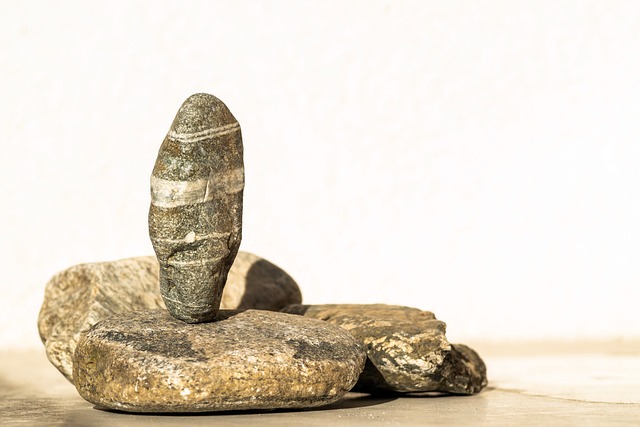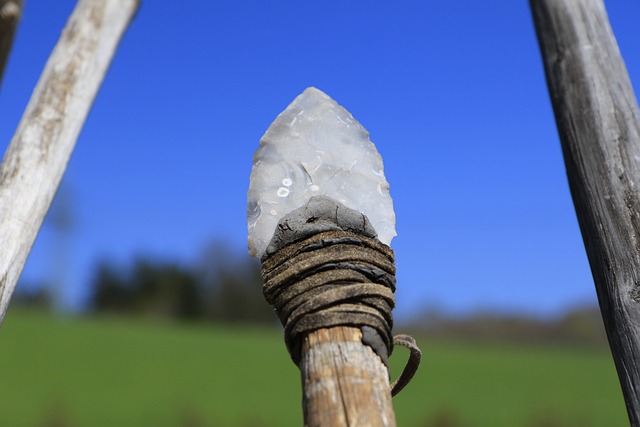【Archaeology】An Annotated WWII Underwater Archaeology Bibliography
With four decades of WWII underwater archaeology publications, the time is nigh to create a comprehensive bibliography and conduct an analysis of tren... [more]
With four decades of WWII underwater archaeology publications, the time is nigh to create a comprehensive bibliography and conduct an analysis of tren... [more]
The majority of Boston's residents are minorities. These minority residents confront the ongoing effects of racism, including the hard histories of e... [more]
The emergence of the Moche civilization into an expansionist state is still a matter of debate. Burial data and statigraphic and radiometric datas are used to shed light on thr Moche III phase at the Huacas of Moche site. The implications of this new set
Local sea-level curves reflect global eustatic changes, regional isostatic adjustments of the crust to changing ice and ocean volumes and tectonically controlled crustal movements. In this study, we evaluate the relative contribution of each of these fact

Thermoluminescence (TL) dating is a powerful tool in archaeology, and its reliability has been checked since the early 1970s. It is, in principle, specific for ceramic, but it can also be successfully applied to other materials of archaeological interest,
An atypicality index has been used to compare the chemical compositions of 11 British prehistoric implements (axes and axe-hammers, and a mace) with previously suggested and likely sources in South Wales (Group XIII spotted dolerite from the Carnmenyn are
Ceramics from Ancon and Garagay, two early sites on the central coast of Peru, are analysed to verify the existence of ceramic exchange. The analysis technique are petrography, X-ray fluorescence, scanning electron microscopy and energy dispersive X-ray m

Controlled experiments using a calibrated crossbow to thrust stone-tipped spears into animal carcasses reveal a relationship between Levallois point morphology and their performance as spear points. A comparative study of morphometric variation of Levallo
Between midnight on 6 June (D-Day) and 30 June 1944, over 850,000 men landed on the invasion beachheads of Normandy, together with nearly 150,000 vehicles and 570, 000 tons of supplies. Assembled in camps and transit areas over the preceding months, this
The detailed survey of surfaces, such as are found in caves, buildings or excavation sections, is an important aspect of archaeological data collection and investigation. Where subtle irregularities of the contours of the surface have a significance to th
Chert and chalcedony are composed of source specific weight percents of quartz and a silica polymorph called moganite. In this study, optical mineralogical techniques in polarized light and X-ray diffraction with Rietveld refinement are used to observe mo
Fatty acids, typical to large herbivores, were isolated from a 7th century Byzantine sounding lead recovered from a shipwreck off Dor, an ancient anchorage in Northern Israel. The fatty acids survived by being sheltered in an anaerobic environment provide
Craft production is one aspect contributing to the general understanding of the Mocha site as a Pre-hispanic urban centre between AD 100-700 and particularly during phase IV (AD 400-700). Spindle whorls are artifacts closely related to the spinning and we

In this paper a synthetic chronological survey of analytical applications of infrared spectroscopy for the characterization of the materials of polychrome works of art and archaeology is outlined. Various sampling methods are described and some relevant e
Archaeological evidence has rarely been used by soil scientists to explain the distribution of present-day soils, yet recent human influence is known to be important for all soils. Sites with abandoned prehistoric fields are commonly found throughout west
Fourteen samples of slippers composed of twined botanical fibres were recovered from Salts Cave, Mammoth Cave National Park, Kentucky. They were investigated by light microscopy methods for species identification. Specimens were hydrated, sometimes cleare
We explore potential sources of genetic variation in Pacific pigs over the duration of their commensal relationships with Pacific people. Three time periods are identified as critical to understanding the history of pigs in the Pacific region: (1) the lat